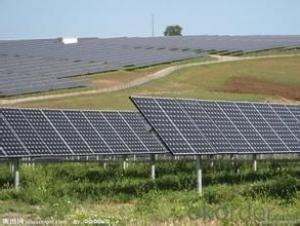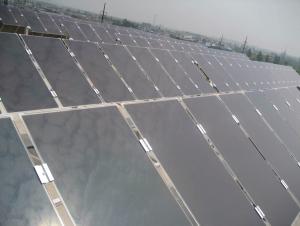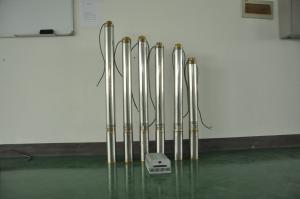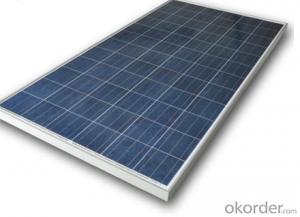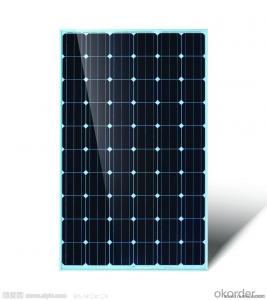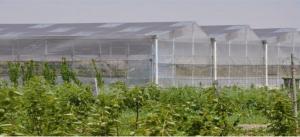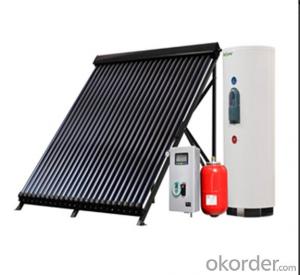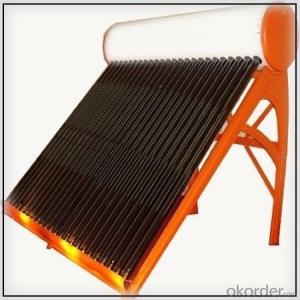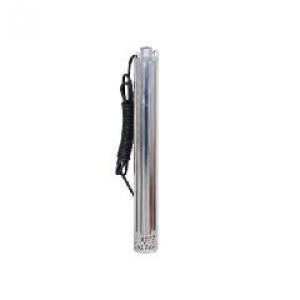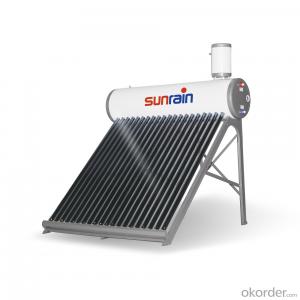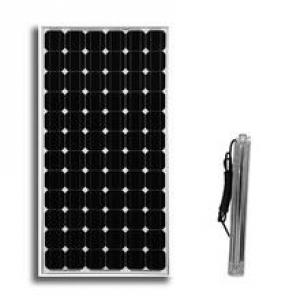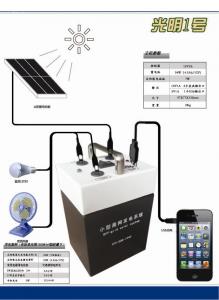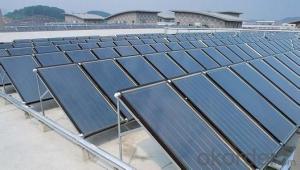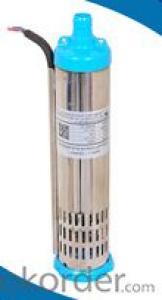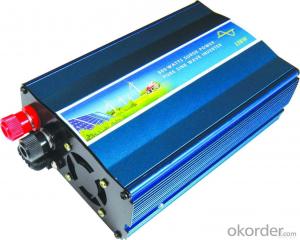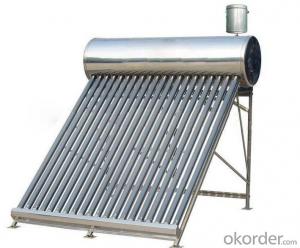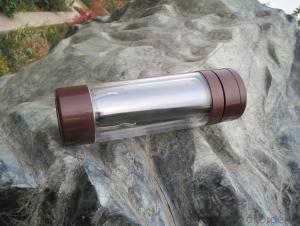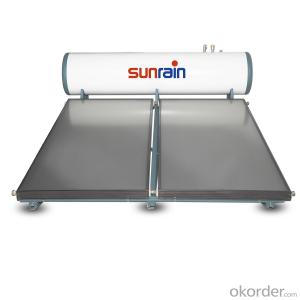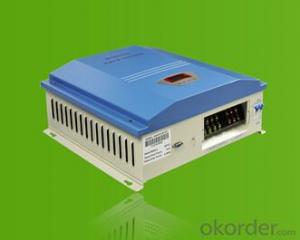Solar System Without Inverter
Solar System Without Inverter Related Searches
Solar Without Inverter Solar Power Without Inverter Solar Panel Without Inverter Without Battery Solar Inverter Inverter Without Solar Panel Solar Without Battery Inverter Inverter With Solar System Transformerless Solar Inverter Solar System For Inverter Ac Inverter With Battery Solar Solar System And Inverter Battery Less Solar Inverter Inverter With Solar Input Solar Inverter System Inverter Solar System Solar With Electric Inverter Solar Based Inverter Complete Solar Inverter System Inverter With Solar Panels Convert Inverter To Solar Solar Power Inverter System Solar Battery With Inverter Inverter For Solar Best Inverter Solar System Solar Electric Inverter System Inverter With Solar Panel Best Inverter For Solar System Solar Inverter Off Grid Hybrid Inverter Solar System Cheap Solar InverterSolar System Without Inverter Supplier & Manufacturer from China
Solar System Without Inverter is a collection of solar energy products that are designed to harness the power of the sun without the need for an inverter. These systems are engineered to provide an efficient and cost-effective solution for harnessing solar energy, making them an excellent choice for various applications. The Solar System Without Inverter is particularly useful in scenarios where a traditional inverter-based solar system may not be feasible or cost-effective. This can include remote locations, off-grid applications, or situations where minimizing energy loss is a priority.The Solar System Without Inverter is widely used in a variety of settings, such as residential homes, commercial buildings, and even in off-grid applications like camping and boating. By eliminating the need for an inverter, these systems can reduce energy loss and increase overall efficiency, making them an attractive option for those looking to maximize their solar energy output. The simplicity of the system also means that installation and maintenance are more straightforward, further adding to their appeal.
Okorder.com is a leading wholesale supplier of Solar System Without Inverter products, boasting a large inventory to meet the diverse needs of customers worldwide. With a commitment to quality and customer satisfaction, Okorder.com ensures that each Solar System Without Inverter is thoroughly tested and inspected before being shipped to customers. This dedication to excellence makes Okorder.com the go-to source for those seeking reliable and efficient solar energy solutions without the need for an inverter.
Hot Products

